A few days ago we posted an article based on the legal battle between Jeep and Mahindra in Australia. Stellantis that owns the Jeep brand, has reportedly filed a lawsuit against Indian Automobile manufacturer Mahindra & Mahindra for allegedly design infringement. Stellantis alleges that the Mahindra Thar’s design Is uncannily similar to its iconic off-roader Jeep Wrangler.
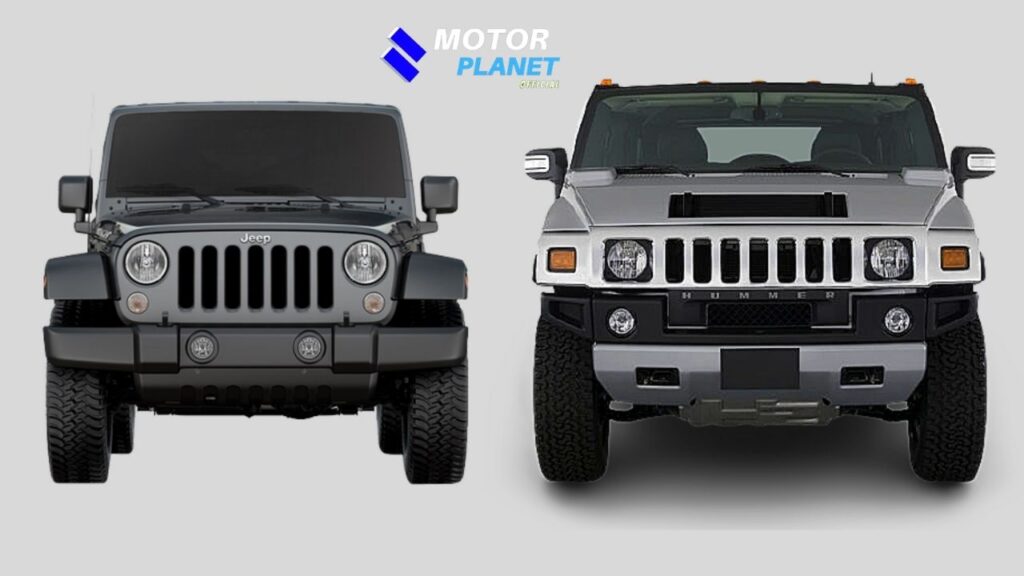
It’s not the first time Jeep filed a design infringement claim against the other automaker. In 2001 and 2002, General Motors allowed journalists to examine early versions of their then-upcoming SUV Hummer H2, which were still under development at the time. But before the launch of Hummer H2, Jeep filed suit against GM over Hummer H2’s seven-slot grille. At that Jeep brand comes under the Daimler-Chrysler( Daimler AG ) group. Jeep alleged that the H2’s grille infringed on its Iconic seven-slot design and that it would confuse customers.
However, the court ruled in favour of GM and found that Daimler AG has no right to challenge GM’s use of the Hummer grille on H2 by virtue of a 1983 agreement, in which Daimler AG’s predecessor, American Motors, transferred all intellectual property rights in the Hummer design to GM’s predecessor in interest.
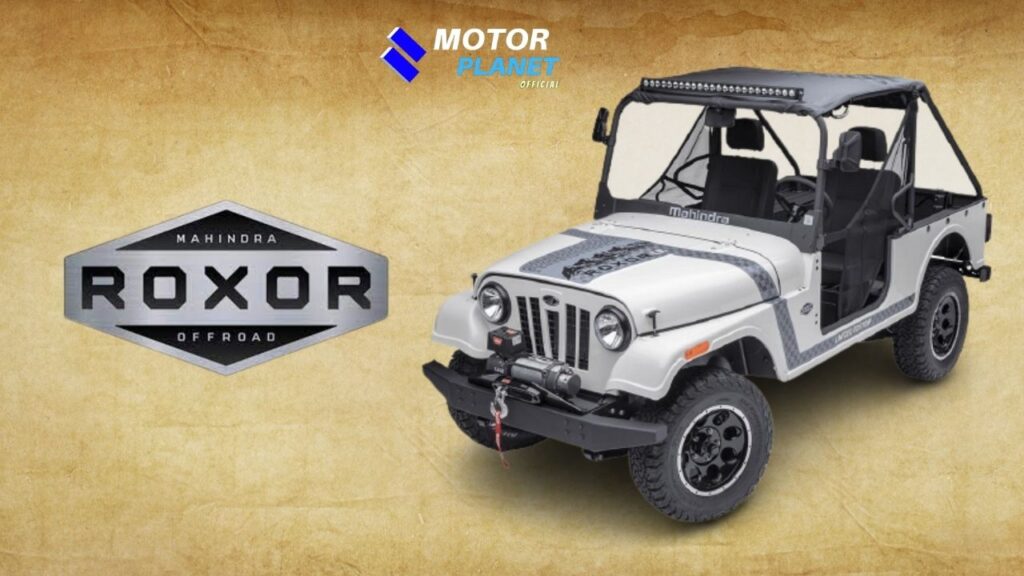
The grille battle repeated itself after 16 years but this time The American Automaker Jeep come to blows with Indian Automaker Mahindra & Mahindra. In 2018, Jeep filed a suit against Mahindra arguing that the Mahindra Roxor front design was too similar in design to the Jeep CJ. After that allegation, Mahindra amended the design of Roxor to launch it in the US market. At that time, the Jeep comes under FCA.
Now this year Jeep is ready to fight with Mahindra but this time the battle is in the Australia.
Why does Mahindra Thar resemble the Jeep Wrangler ?
Let’s dive into the history of Jeep to know why thar resembles the Jeep Wrangler.
The story starts with the beginning of World War II. When it became clear that the United States would be involved in WWII, the Army contacted 135 companies to create working prototypes of a four-wheel-drive reconnaissance car. Only two companies responded: American Bantam Car Company and Willys-Overland.
The Army set a seemingly impossible deadline of 49 days to supply a working prototype. Willys asked for more time, but was refused and the contract was given to the American Bantam Company.
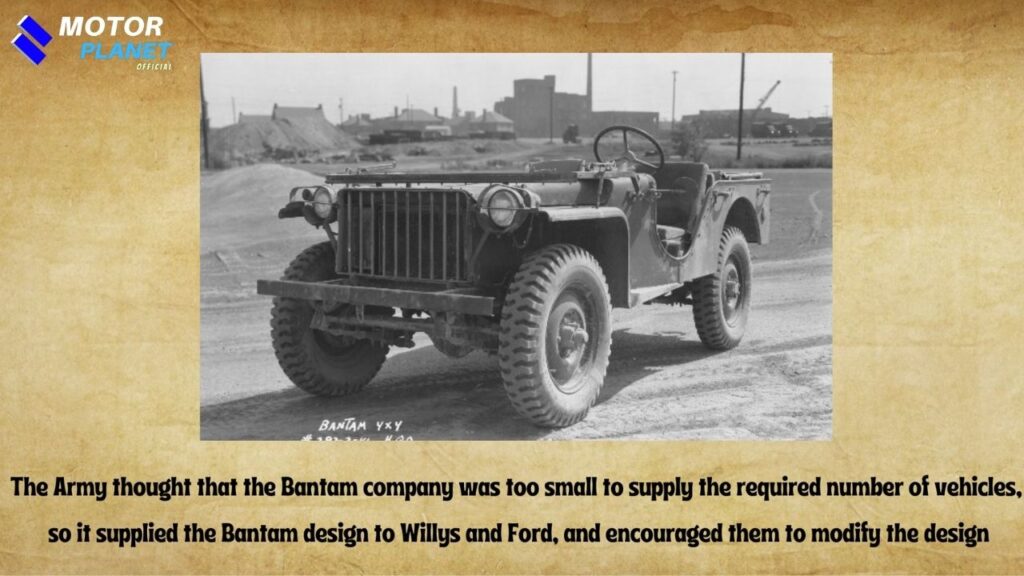
The Bantam came with a Prototype of its four-wheel-drive reconnaissance car and the design was praised by the US army. The vehicle met all the Army’s criteria except engine torque but that was not the actual problem. The actual problem was the demand and supply. The Bantam company was too small to be able to meet the US Army’s demand for 75 vehicles a day. So they supplied the Bantam design to Willys and Ford and ask them to modify the design.
After the joint efforts, the Bantam,Willys-Overland and Ford comes with the design of their prototype.The names of those prototype are as follows.

- American Bantam Prototype – Bantam BRC
- Willy-Overland Prototype – Willys MA
- Ford Prototype – Ford GP
While the Ford was the better build and design, the Willys was favoured over the GP because of the L134 “Go Devil” inline-four engine. At around 60-horsepower, the L134 was more powerful than the tractor-based Ford N that was only 18.4-horsepower. Moreover to make things less complicated the US War Department desired to standardize further and went back to only having a single manufacturer, in which Willys won because of its more powerful engine. However, advantages that the Bantam BRC and Ford GP had displayed were incorporated into the Willys build, like the flatter, wider hood of the GP. Once the MA was in production, it was changed to the MB designation.
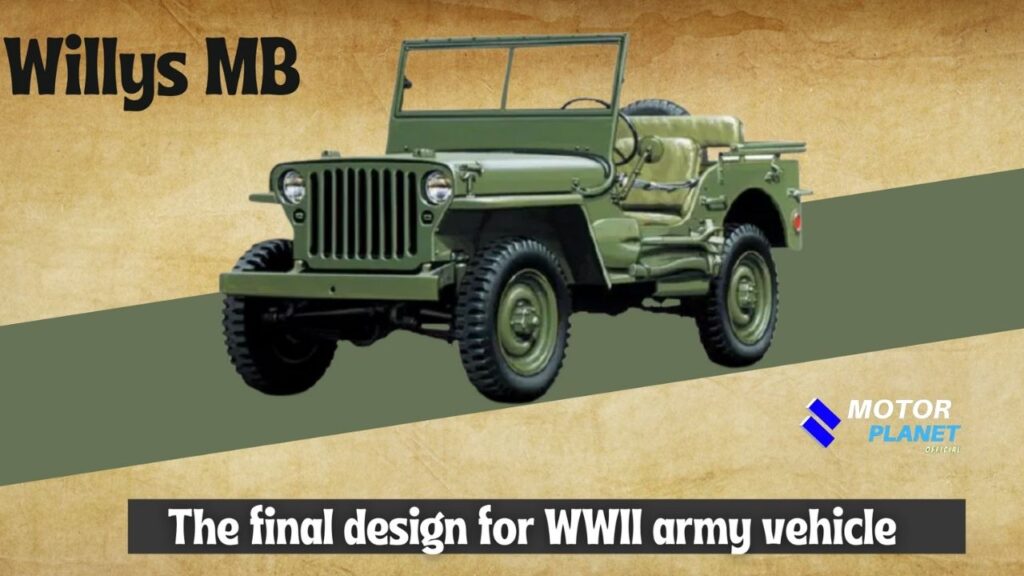
The “Jeep” brand has gone through many owners, starting with Willys- overland which filed the original trademark application for the “Jeep” brand-name in February 1943 and In 1944, Willlys-overland one of the two main manufacturers of the World War II military Jeep, built the first prototypes for a commercial version – the CJ, short for “civilian Jeep.
A few months later, The federal Trade Commission slapped the Willys-Overland with a formal complaint, to cease and desist any claims that it “created or designed” the Jeep — Willys was only allowed to advertise its contribution to the Jeep’s development. The First Jeep was made by the American Bantam Company with the collaboration of the US Army. Willys however proceeded to produce the first Civilian Jeep (CJ) branded vehicles in 1945, and simply copyrighted the Jeep name in 1946. Unfortunately, in 1950, the American Bantam was bankrupted and Willys-Overland was eventually granted the name “Jeep” as a registered trademark in June 1950.
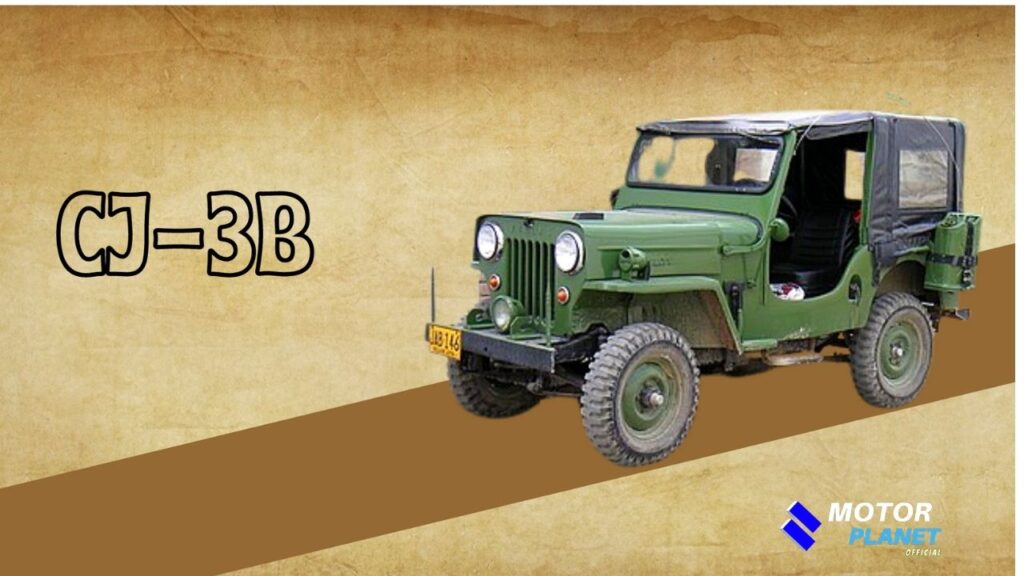
The Willys CJ series production was in full swing and in 1953, the Willys-Overland CJ-3A was introduced.It was in production until 1953, when replaced by the CJ-3B. The Willys CJ-3B replaced the CJ-3A in 1953, the same year Willys-Overland was bought by Kaiser Motors.
The CJ-3B design was also licensed to a number of international manufacturers including Mitsubishi of Japan and Mahindra of India.
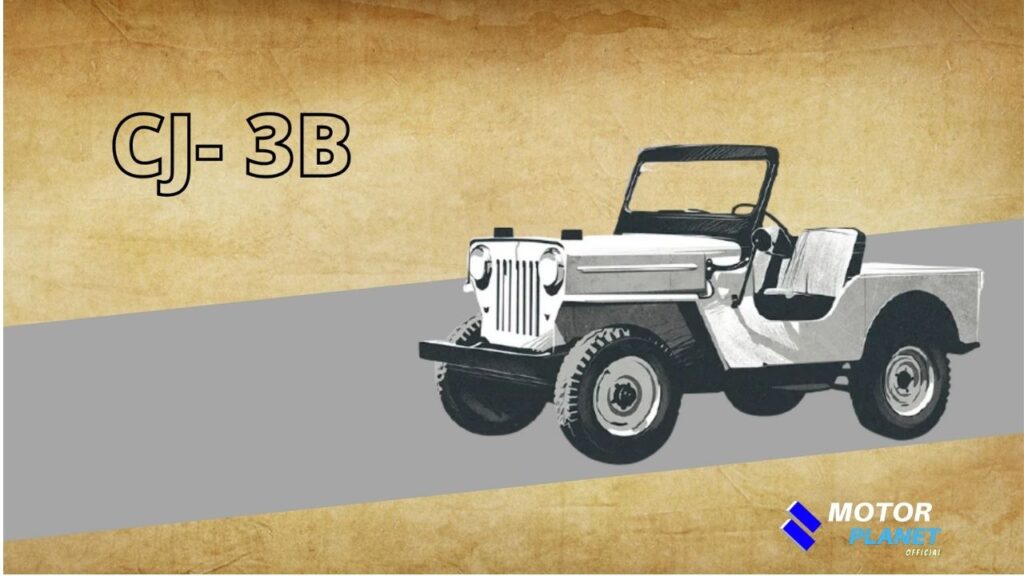
Now the story comes to India. Mahindra started manufacturing its first Jeep, The CJ-3B.Although Mahindra had already started assembling Jeep since 1949 but it had not got the license to use “Mahindra” name on the Jeep.In 1953 it got the license from kaiser Motor to make jeep with their own name.

Mahindra launched CJ-3B in 1953. It was powered by a 2.2-liter Hurricane petrol engine which used to churn out 72hp of power and 154Nm of torque. The journey continues and on one side Mahindra was producing the CJ series in India. Jeep, on the other side producing the same series in the US. This is the reason why their vehicles looks similar.

